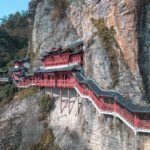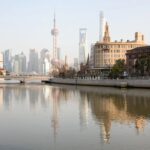If you’re planning a trip to Shanghai, the Huangpu District is a must-visit destination. Here are four themed half-day itineraries that will help you explore the classic attractions in this vibrant area.
Classic Landmarks Tour
Route: Nanjing Road Pedestrian Street → Peace Hotel (20 Nanjing East Road) → The Bund → BFC Bund Finance Center (600 Zhongshan East 2nd Road)
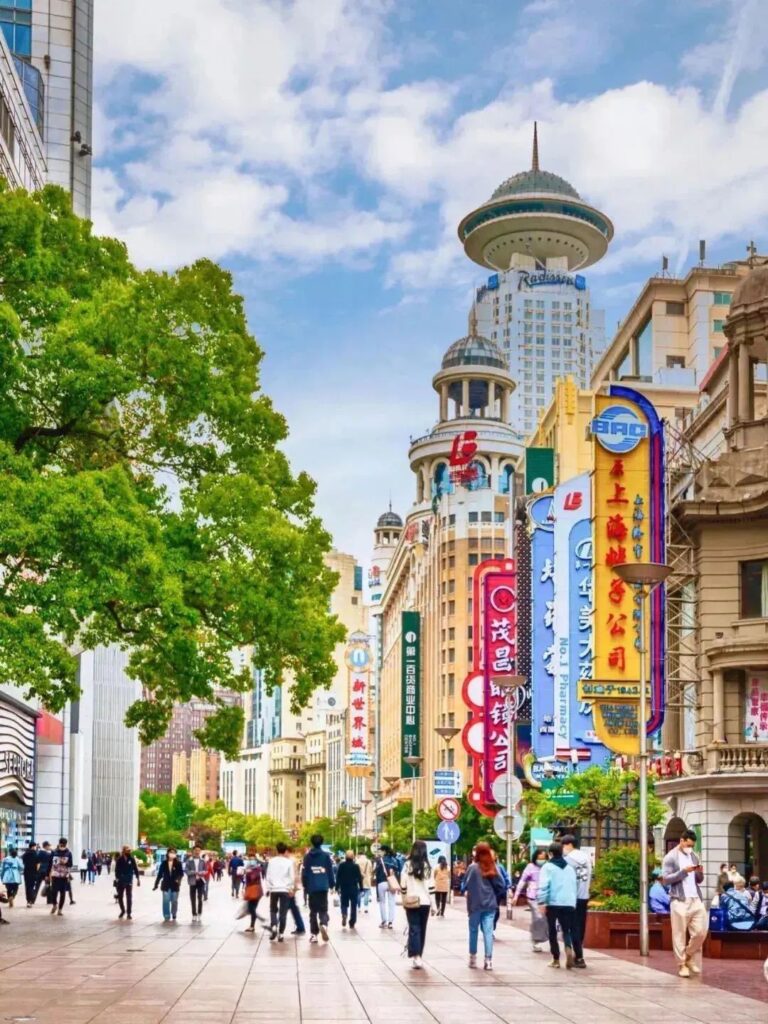
For first-time visitors to Shanghai, Nanjing Road and The Bund are essential stops. Start your journey from the People’s Square metro station and walk eastward along Nanjing Road Pedestrian Street. You’ll pass by familiar signs such as the No. 1 Department Store, Mao Chang Glasses, and Zhang Xiaoquan Scissors.
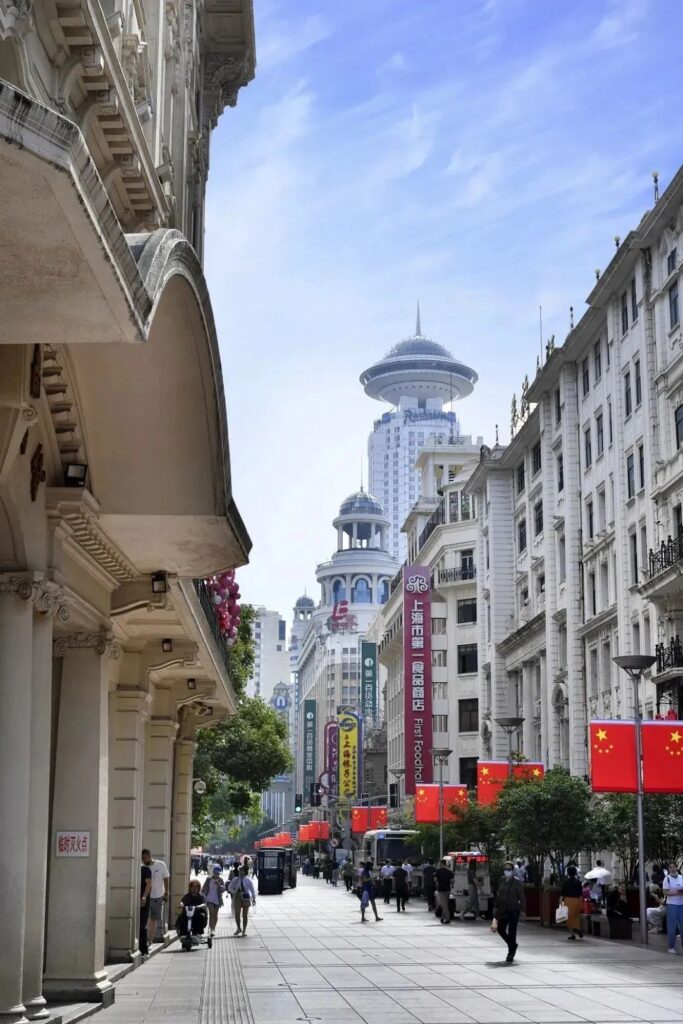

This street was the first commercial street in Shanghai after the city opened its port. It pioneered many firsts in Asia’s department store industry, including the earliest use of escalators, air conditioning systems, and receipts in shopping malls.

Today, Nanjing Road Pedestrian Street is home to numerous flagship stores, from Nike Shanghai 001 to the Lego flagship store and Huawei’s largest global flagship store. Anime fans should also check out the ZX Creative Park and Pop Mart global flagship store.
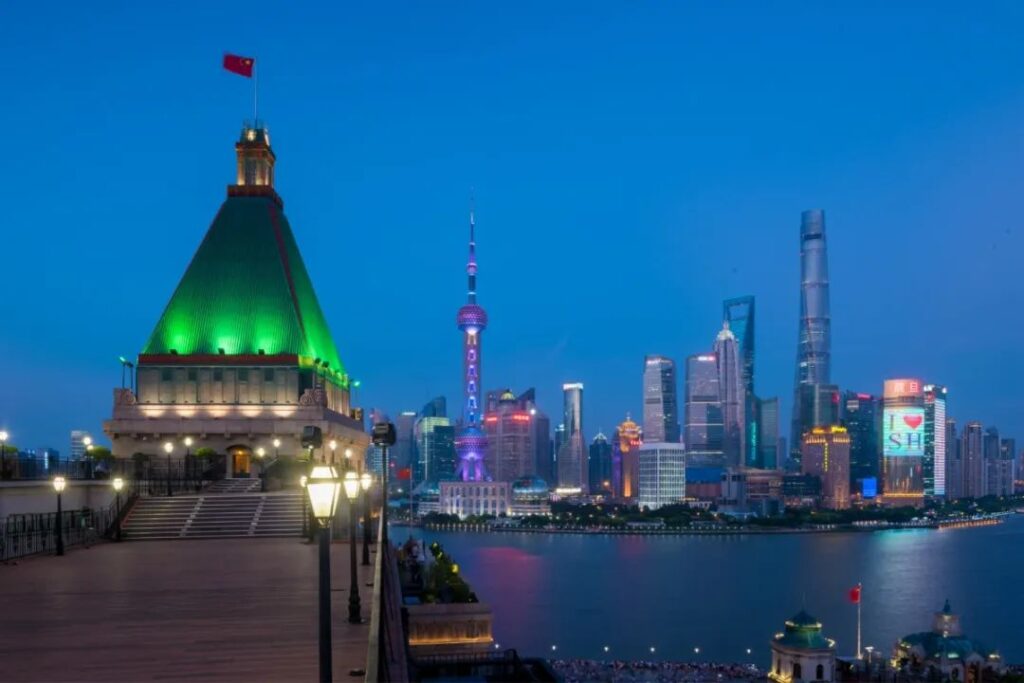
At the eastern end of Nanjing Road Pedestrian Street stands a building with a green copper triangular roof—the Peace Hotel. Its octagonal dome, elderly jazz band, and long history as the former Cathay Hotel never fail to fascinate visitors. This hotel has witnessed countless historical events in Shanghai and truly symbolizes peace.
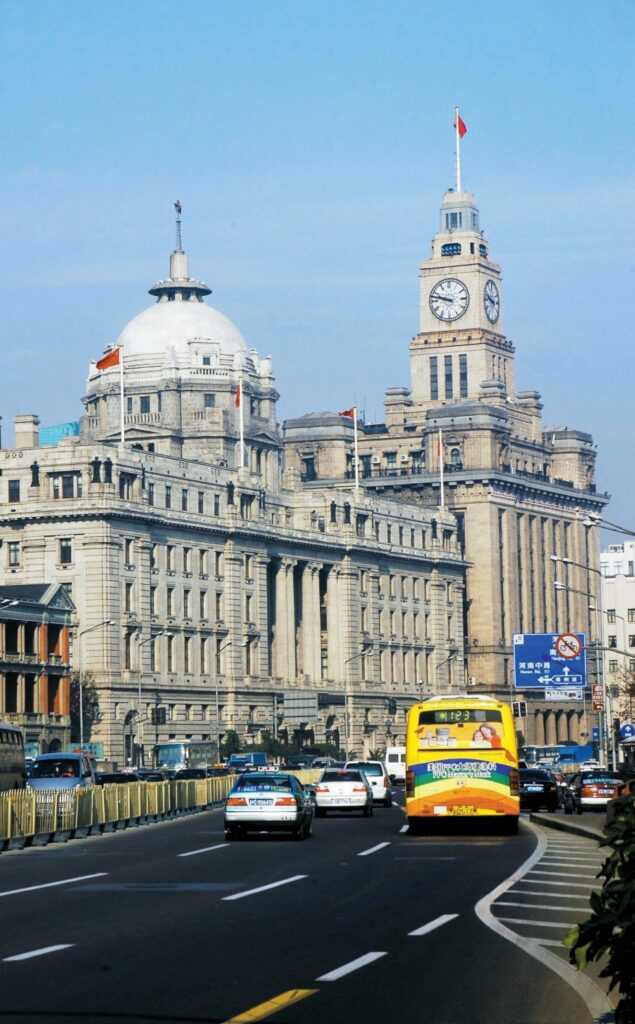
Cross the road past the Peace Hotel, and you’ll reach Zhongshan East 1st Road. Here, you can walk to The Bund viewing platform for a unique perspective of the stunning scenery on both sides of the Huangpu River and appreciate the grandeur of The Bund’s architecture.
Alternatively, hop on Shanghai’s distinctive double-decker sightseeing bus to explore various corners of the city and experience its quintessential charm.
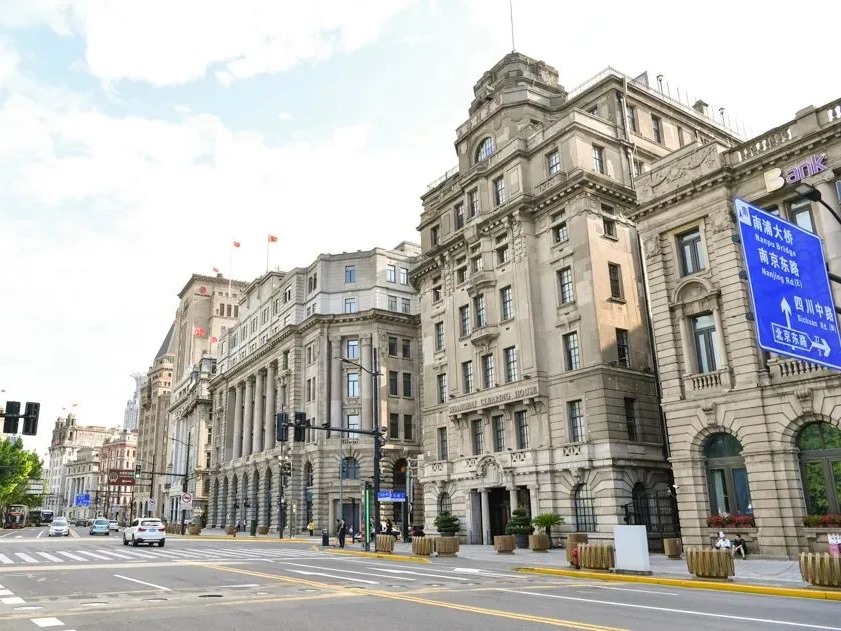
As you stroll from Zhongshan East 1st Road to Zhongshan East 2nd Road, you’ll pass by several distinctive buildings, including the Shanghai Pudong Development Bank Building, Waldorf Astoria Shanghai on the Bund, and Shanghai Telecom Museum.

Your journey ends at the BFC Bund Finance Center, where fashion, food, and art converge to create a new vitality, from the lively “BFC Bund Maple Alley Weekend Market” to the “dancing building” of the Fosun Foundation.
Waterfront Tour Along the River and Creek
Route: The Bund Wan Pier (78 South Suzhou Road) → Suzhou Creek Cruise → Shiliupu Pier (481 Zhongshan East 2nd Road) → Huangpu River Cruise
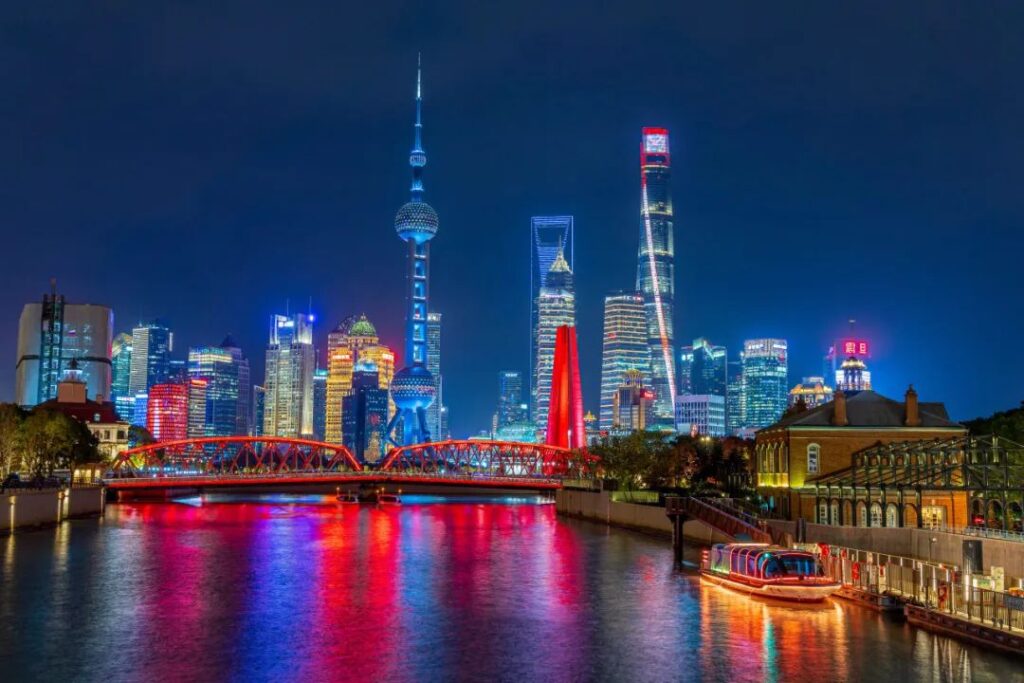
To fully enjoy the winding Suzhou Creek, a walk along its banks may not suffice. Instead, embark on the “Suzhou Creek Cruise” to discover the memories associated with this waterway.
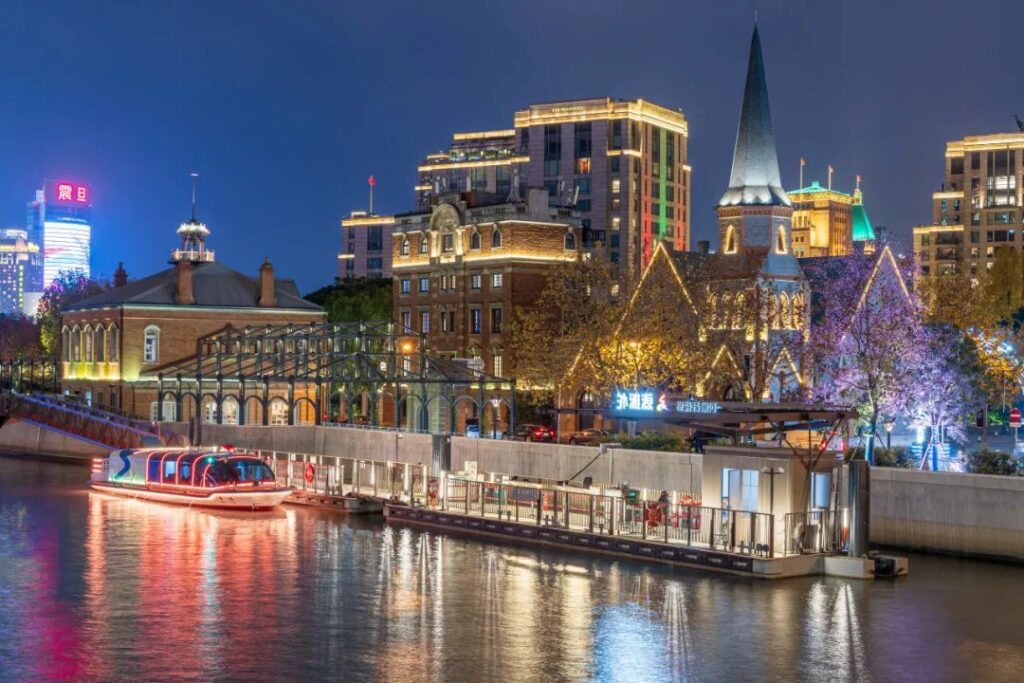
Depart from The Bund Wan Pier and take the 30-minute “Time Shuttle” cruise along the essence of Suzhou Creek. After passing the Sihang Warehouse Pier near Xinzha Bridge, the boat will turn around and return. As you gently sway on the water, you’ll take in the remnants of the city’s memory related to the piers and the industrial era along the creek.

In Shanghai, a timeless classic is to board a cruise ship at the historic Shiliupu Pier and drift downstream along the Huangpu River, enjoying a feast of sights.
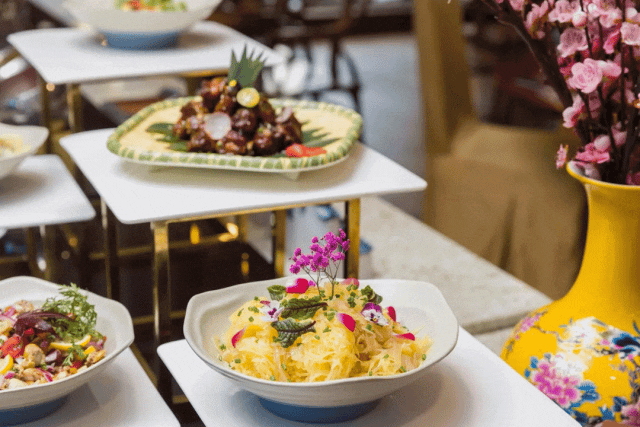
Depending on your schedule, you can choose between the “Essence Tour” and the “Express Tour.” If time allows, opt for the “Huangpu River Cruise + Dining” experience, savoring a ceremonial dinner on a stunning cruise ship.
Old Town Gourmet Tour
Route: Green Wave Pavilion (115 Yuyuan Road) → Huxin Pavilion Teahouse (near Jiuqu Bridge in Yuyuan Mall) → Wenchang Road → Shanghai Liyuan Theater (4th Floor, 10 Wenchang Road) → Nanxiang Steamed Bun Shop
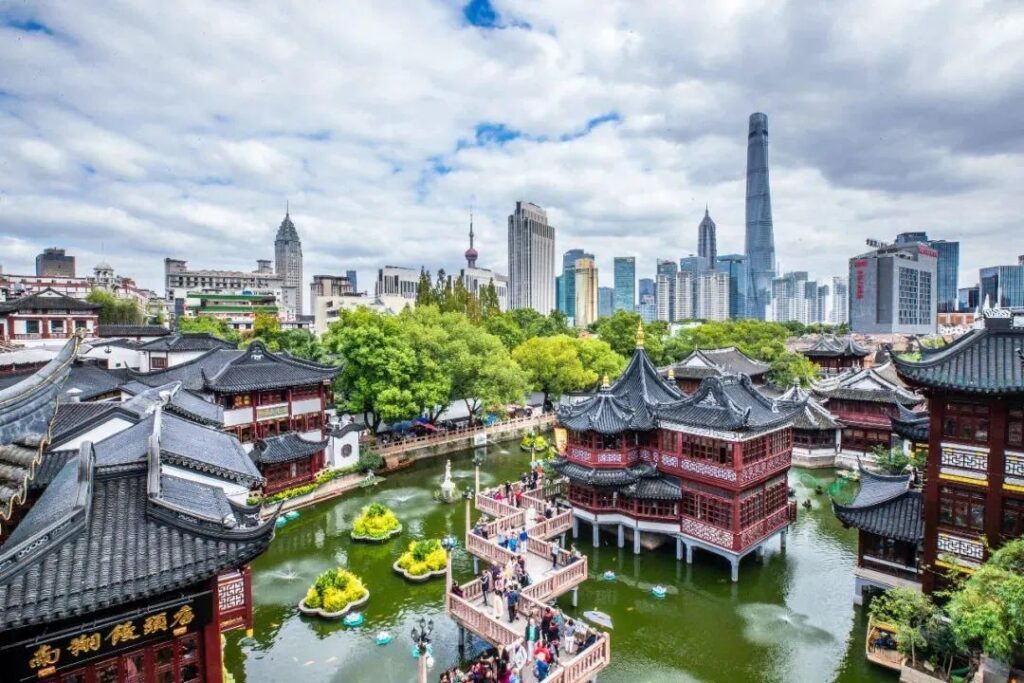
The bustling Yuyuan Mall is home to numerous century-old brands, intangible cultural heritage, and classic snacks that encapsulate the memories of the old town and its neighborhoods. Here, visitors from all walks of life come together to enjoy the sights and sounds.
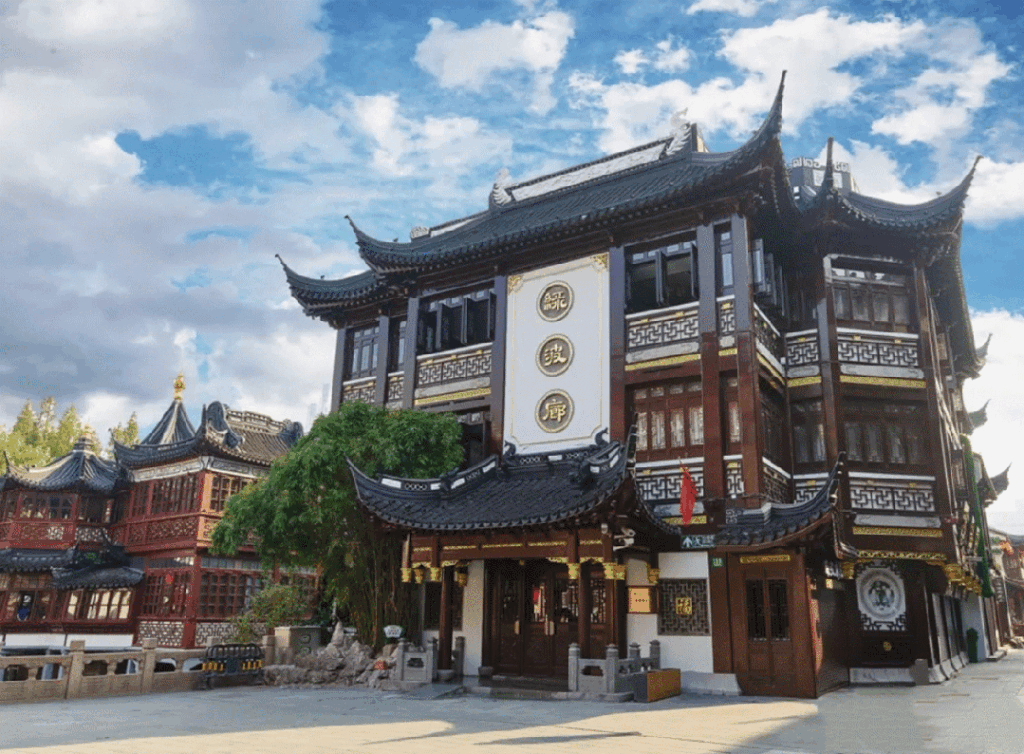
The Green Wave Pavilion, renowned for its “one-dot banquet for the world,” holds a significant place in the hearts of old Shanghainese. From Shanghai cuisine, crab feasts, and shark fin soup to famous Shanghai dim sum like gourd pastry and sling bag pastry, every bite is an authentic taste of Shanghai!
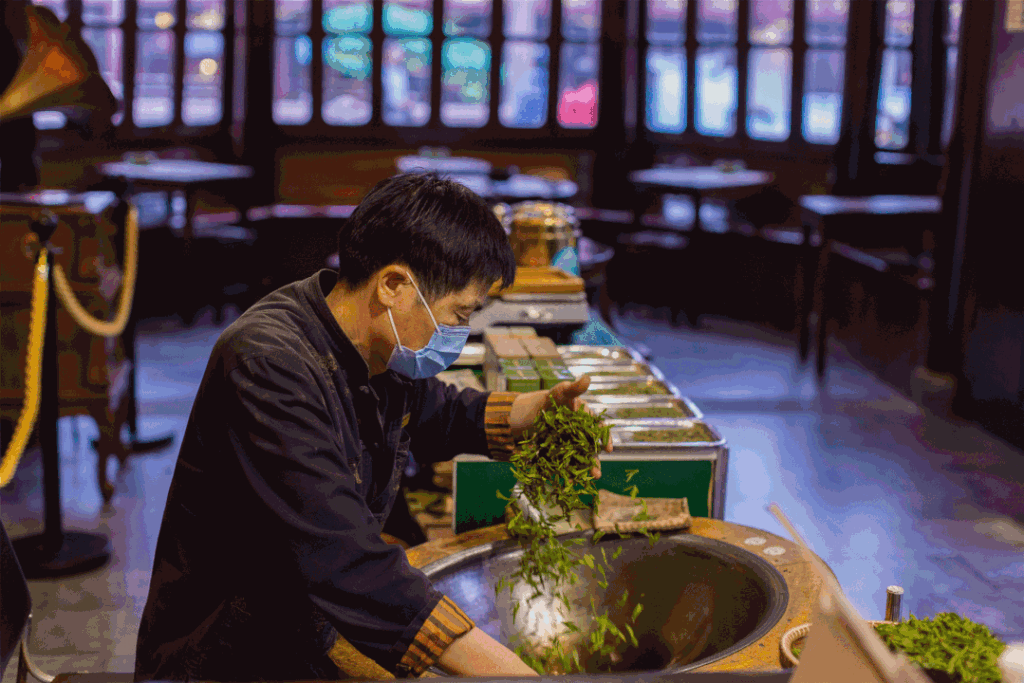
Near the Jiuqu Bridge, the first thing that catches your eye is the Huxin Pavilion Teahouse. This is the oldest and most famous teahouse in Shanghai, with its flying eaves, upturned corners, black tiles, and red windows, boasting a history of over 160 years.
On the first floor, the skilled tea frying techniques of the tea masters always attract numerous tourists to stop and watch. Follow the tea aroma to the second floor, where a delightful tea-tasting journey begins.
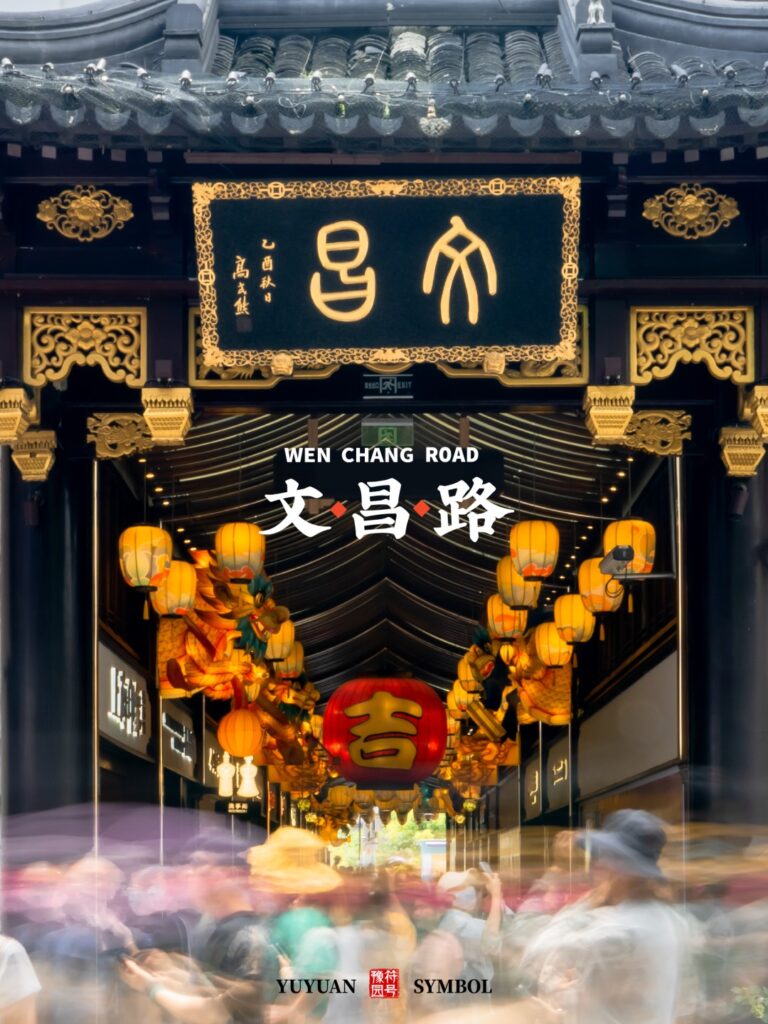
After enjoying tea and crossing the Jiuqu Bridge, take a stroll along Wenchang Road. In the past, on the north side of the former Ten Palaces of Hell, west of the main hall of the City God Temple, stood the Wenchang Palace, dedicated to the God of Literature, also known as the Wenchang Emperor.
The small road west of the main hall of the City God Temple was named Wenchang Road after the Wenchang Palace. Today, dozens of high-quality cultural and creative stores representing Shanghai’s quality and carrying the genes of Shanghai-style culture have set up shop here, forming a unique historical and cultural atmosphere.
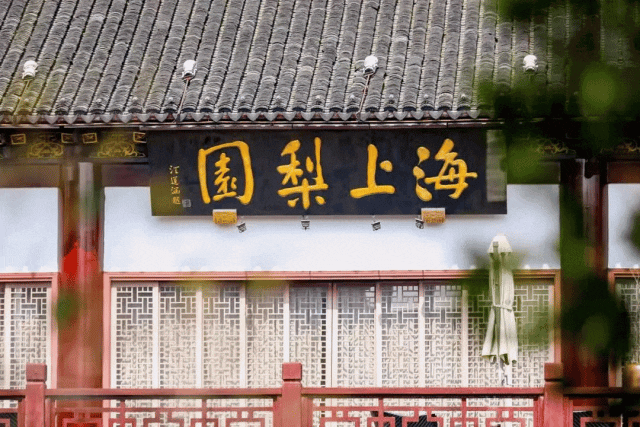
On Wenchang Road, there is also a hidden theater called “Shanghai Liyuan,” which is an “oriental-style global fashion and cultural showcase.” In addition to staging excellent Chinese dramas, art troupes from various countries have also performed here.
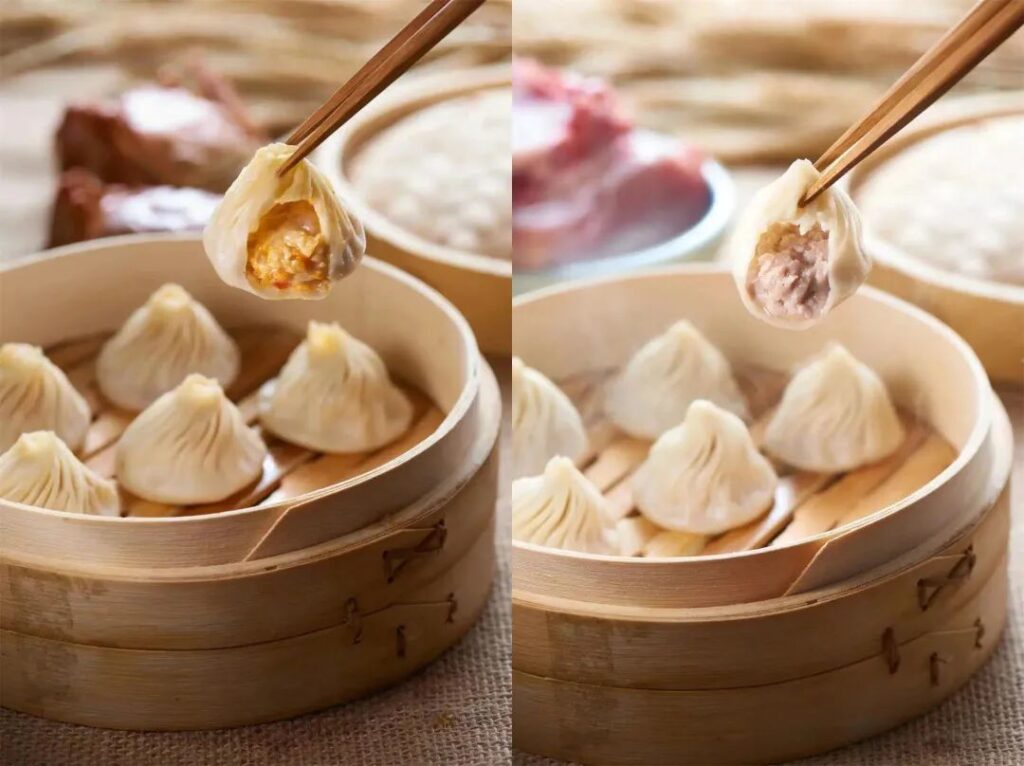
Nanxiang Steamed Bun Shop is another representative old brand and food store in Yuyuan Mall, with a history of over 100 years. Nanxiang steamed buns are famous for their thin skin, abundant filling, juicy soup, and delicious taste.
Each bun has 9 grams of skin wrapped around 21 grams of filling, with at least 16 evenly sized folds, resembling a pagoda. The buns are exquisite, translucent, and jade-like in color, earning them the title of “art pinched at the fingertips.”
Shanghai-style Cultural and Artistic Tour
Route: Shoubai Art (No. 4, Lane 210, Taikang Road) → Jinfenshijia (Room 110, No. 3, Lane 210, Taikang Road) → Jincheng (Room 102, No. 3, Lane 210, Taikang Road) → Shanghai Museum of Glass (25 Taikang Road) → Réel Mall (80 meters north of the intersection of Ruijin 2nd Road and Xujiahui Road)
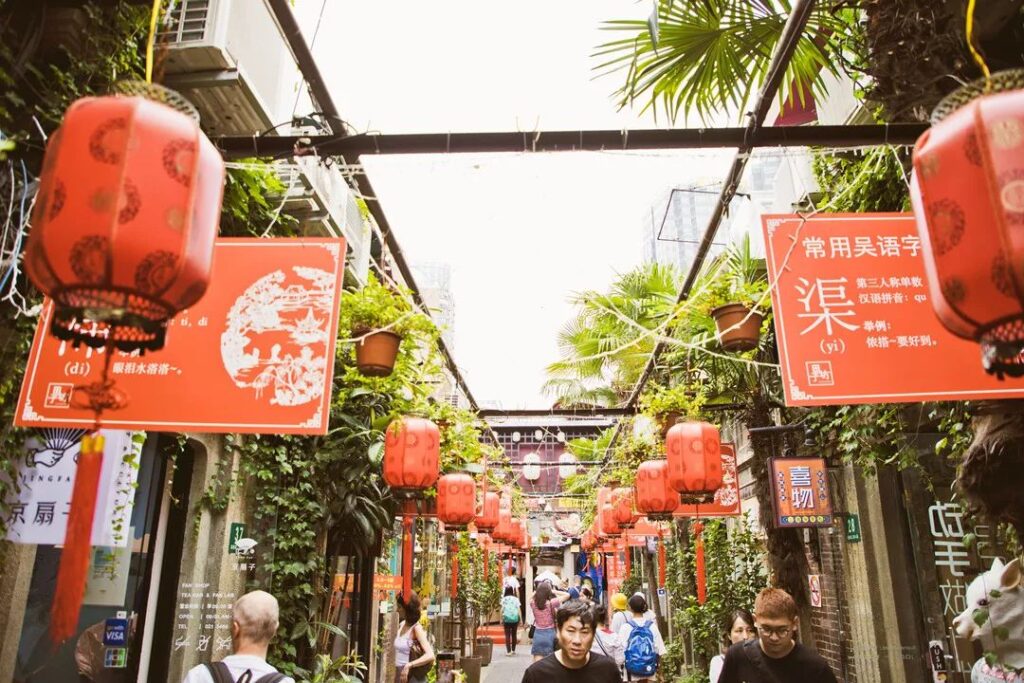
Tianzifang is another classic attraction in Huangpu District, with various artistic shops, art workshops, and restaurants. Selecting a few unique stores here to find a Shanghai-style souvenir is an excellent choice.
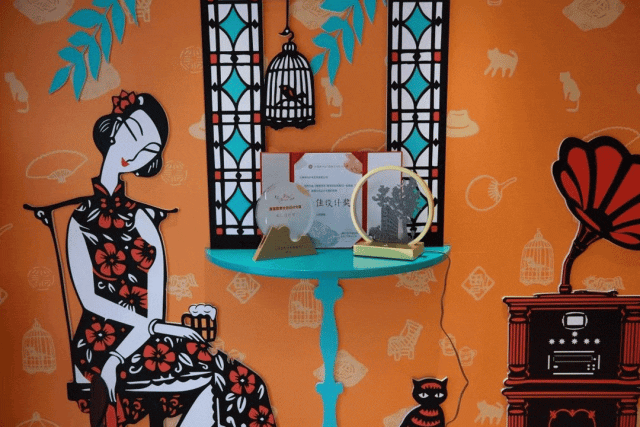
Shoubai Art is one of the earliest art institutions in Shanghai to develop cultural and creative products. It is committed to creating a “city business card” for Shanghai-style art. The display cases in the store showcase many highly designed artistic and cultural creations, with each small object embodying the whimsical ideas of the artists.
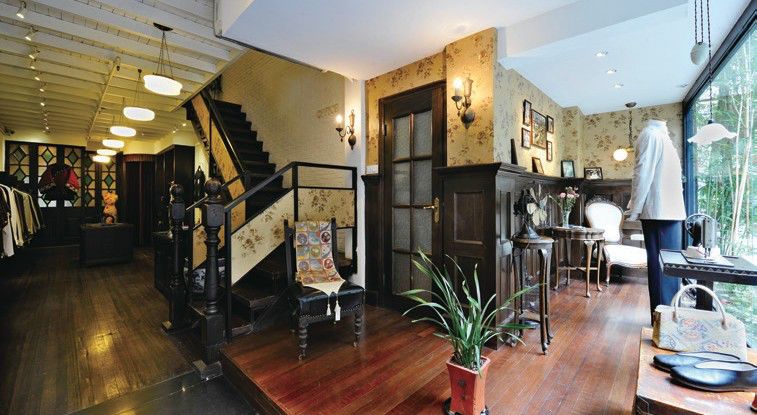
When mentioning Shanghai, people often think of scenes from movies where elegant Shanghai women wearing cheongsams walk through stone-gate alleys. Jinfenshijia in Tianzifang specializes in custom-made cheongsams, with high-quality natural materials and handcrafted details that give the cheongsams a soul.
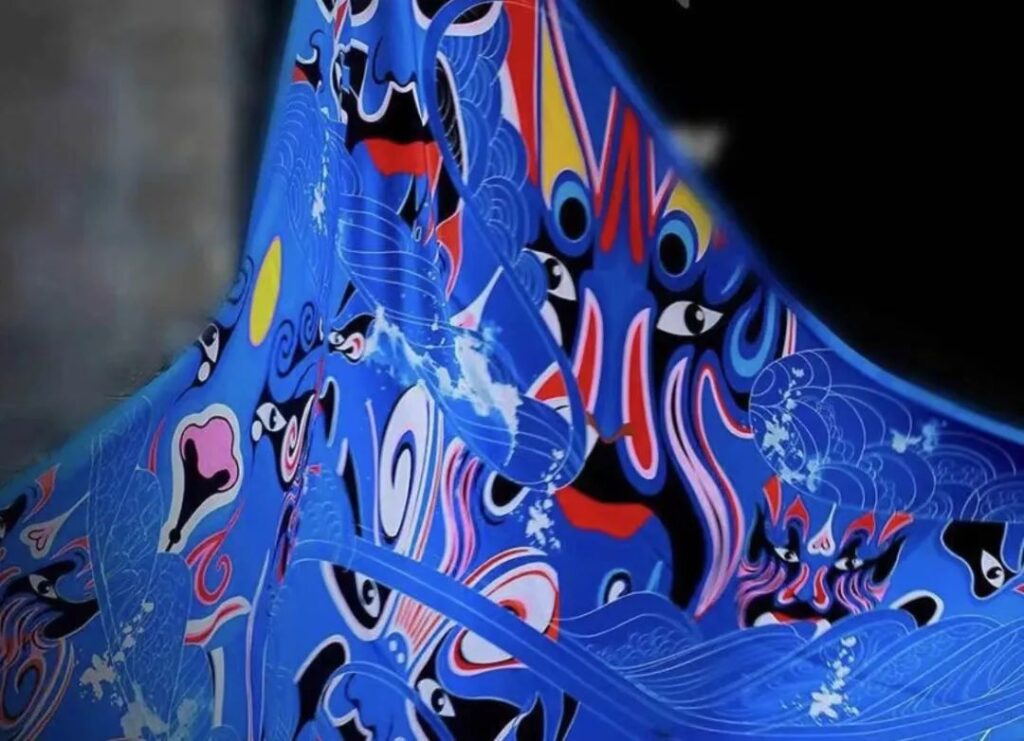
Jincheng, which focuses on original design and artistic silk scarves, is also an excellent choice for buying souvenirs. The store is filled with a Chinese ambiance: velvet-textured hand-embroidered scarves featuring Jiangnan women, exquisite lattice-patterned satin silk scarves, and completely hand-painted maid paintings… making people feel as if they are immersed in an ocean of scarves and silk scarves.’Jincheng, which focuses on original design and artistic silk scarves, is also an excellent choice for buying souvenirs.
The store is filled with a Chinese ambiance: velvet-textured hand-embroidered scarves featuring Jiangnan women, exquisite lattice-patterned satin silk scarves, and completely hand-painted maid paintings… making people feel as if they are immersed in an ocean of scarves and silk scarves.
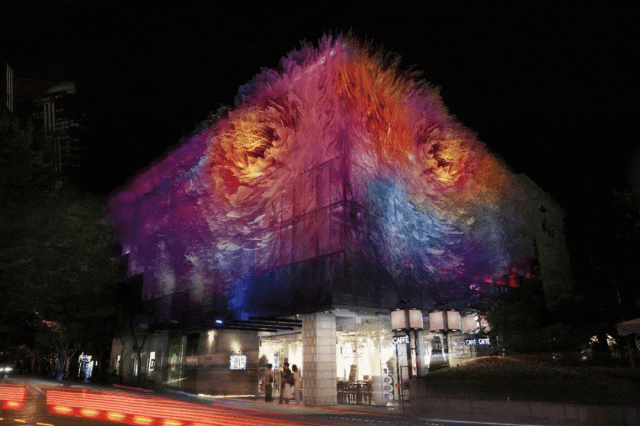
Adjacent to Tianzifang is the Shanghai Museum of Glass, founded by Zhang Yi and Yang Huishan, pioneers of modern glass art in China. The iron-mesh peony flowers blooming on the museum’s exterior walls are composed of 5,025 petals, all handmade.
At night, the flowers are dazzlingly beautiful, earning the museum the title of “one of the most beautiful museums in Shanghai.” Inside, the museum houses numerous ancient Chinese glassware treasures and modern glass art masterpieces from around the world.
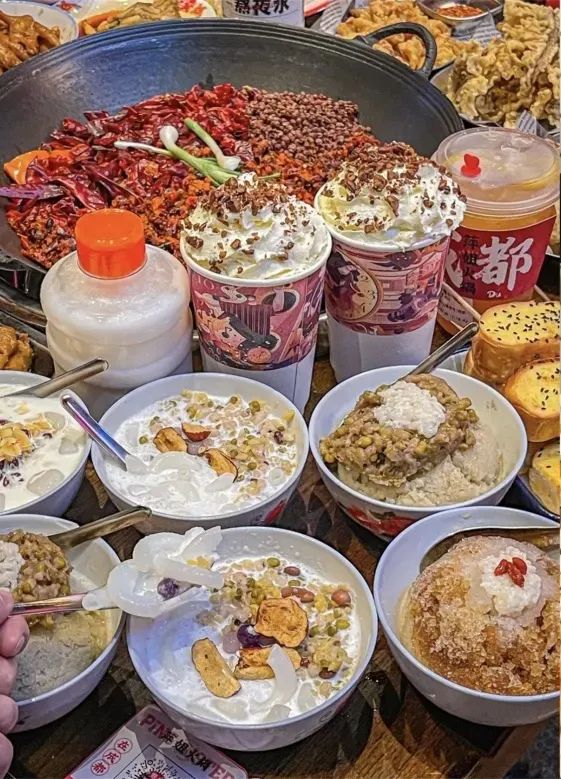
After exploring Tianzifang and the Shanghai Museum of Glass, you can walk to the Réel Mall, where you can find the latest, trendiest, and most popular restaurants like Wasabi, Pingjie Hotpot, and Putong Canteen.
Related Articles:
